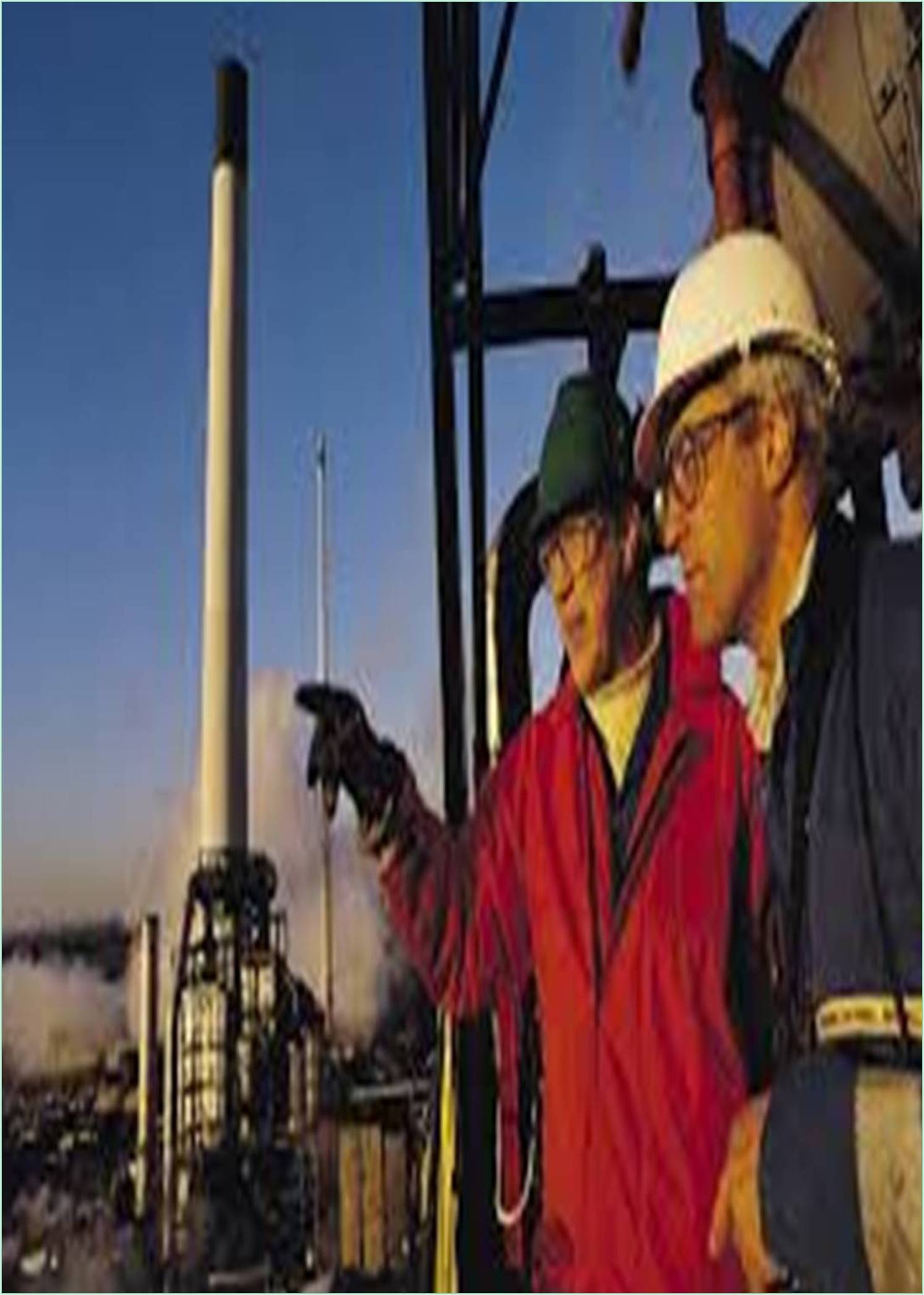



Received: 03-Jun-2022, Manuscript No. GJEA-22-72213; Editor assigned: 06-Jun-2022, Pre QC No. GJEA-22-72213 (PQ); Reviewed: 20-Jun-2022, QC No. GJEA-22-72213; Revised: 27-Jun-2022, Manuscript No. GJEA-22-72213 (R); Published: 04-Jul-2022, DOI: 10.15651/2449-1886.22.3.006
The visual appearance of the built environment influences emotional reactions and psychological effect, and so happiness and life satisfaction. Because individuals actively engage with their immediate surroundings in their daily lives, emotional response to the visual appearance of the constructed environment is one of the major responses caused by such environment. Given these daily interactions, as well as the growing evidence linking the visual appearance of the built environment to subjective well-being, it is clear that understanding how the visual appearance of buildings and public spaces affects perceptions and emotions is critical to successful urban development. However, little is known about how inhabitants perceive and experience the visual appearance of worldwide contemporary trends in architecture and urban design. Contemporary architectural styles are fast expanding and displacing traditional ones across the world.
Asymmetry, simplicity and a lack of decoration, as well as an industrial aspect, have become the norm in architecture and urban design. Traditional design approaches that include symmetry, decoration, and references to local history are being phased out. Although there are heated theoretical arguments over modern vs classic architectural forms, actual study on these style’s perceptions and experiences is lacking. Such study is required to inform urban planning choices on the visual appearance of present and future development, as well as to give crucial insights for individuals interested in participating in local urban government.
In current literature, panel assessments of images are frequently used to measure perceptions and affective appraisals of the urban environment. However, new technology is also providing new chances for scholars pursuing this sort of research 360 degree movies seen on a mobile based Virtual Reality (VR) platform are a novel approach that may be utilized for panel assessments of perceptions and experiences in the environment. 360 degree films, often known as immersive or spherical videos, allow the user to see in all directions. When using a virtual reality platform to view 360-degree films, the user immerses in the presented environment and does not interact with the actual world. This provides a more realistic impression of the exhibited world than photographic images. Presentation with current technological improvements, this study approach is becoming more trustworthy and accessible, opening up new avenues for research in environmental psychology, architecture, landscape architecture, and urban design and planning.
This study use a freshly created research approach to investigate perceptions and emotions associated with the visual appearance of modern architectural and urban design styles. As far as we are aware, this is the first study to evaluate modern vs classic styles in architecture and public space by assessing environmental perceptions and affective assessment. The paper has two major goals: to assess environmental perceptions and affective appraisals of contemporary versus traditional architecture and public space, and to put to the test a recently developed research method in this field of study based on 360 degree videos and virtual reality presentations. The study is based on quantitative data from Oslo, Norway, on environmental impressions and emotive assessments of modern and historic public areas. 360 degree video technology was used to capture public settings, which were then displayed to users via a mobile-based virtual reality platform. Participants completed a questionnaire to rate each public location. Pairwise comparisons of public areas were used to examine the data. The qualities of the pairs are similar, but the design styles are not modern vs traditional.
Architecture: Modern vs Traditional
Contemporary architecture, influenced mostly by postmodernism and high-tech architecture, is rapidly expanding over the world. Global urbanization and urban densification, paired with globalisation, result in a universal style of architecture that is supplanting traditional styles associated with each location's history and customs. This global modern architectural style is typically adopted by architecture schools worldwide. The influence of worldwide "star architects," who inspire and inspire many young architects, is also contributing to the acceptance of modern architecture as the dominant architectural style. Cities all throughout the world are becoming increasingly similar. For instance, consider the cityscapes of downtown Lagos. Despite their extremely distinct cultures, New York and Shanghai are becoming increasingly similar. The expansion of modern building appears inexorable.
Contemporary architecture has received both acclaim and criticism. Notable works of modern architecture by "star architects" have been lauded as contemporary city monuments and architectural emblems. National and municipal governments frequently use such sites to attract tourists, enterprises, investment, and cash. However, the social viability of these tactics has been hotly challenged. There are several degrees of criticism. They are chastised for being undemocratic and preferring specific economic benefits above achieving social fairness and meeting local communities' demands Individualistic goals inspired by the phenomena of "star architecture" have been used to critique contemporary architecture and its developers and architects. They are chastised for emphasising personal glory and accomplishment via design over the creation of habitable built environments and cities. Furthermore, some criticise modern designs for being out of sync with the rest of the city, disrupting local history, and leading cities to lose their local identity.